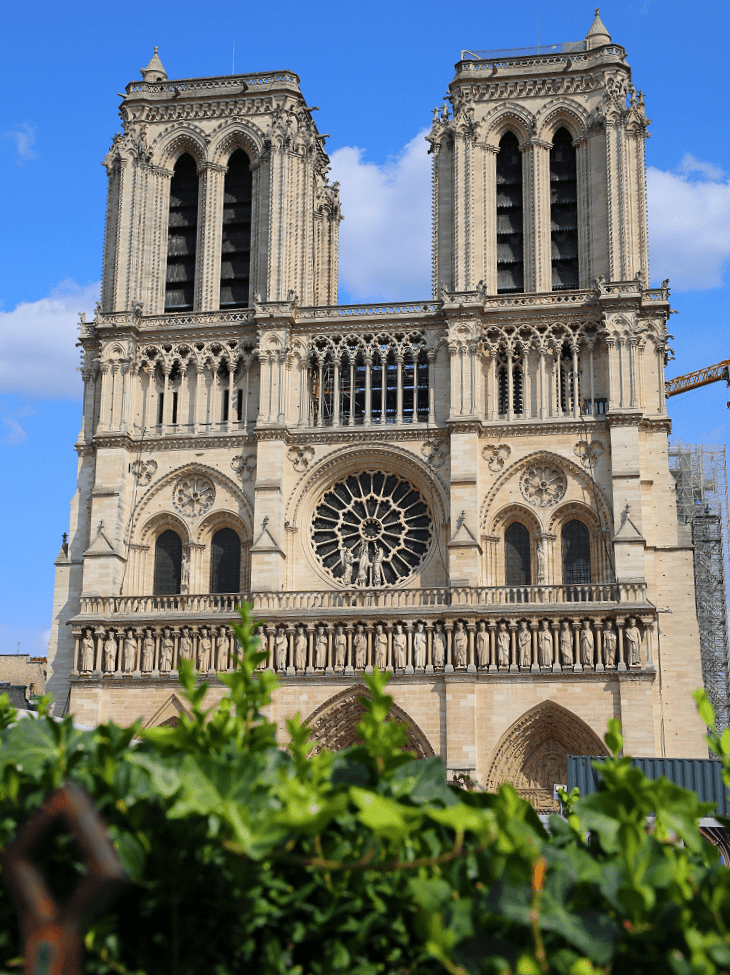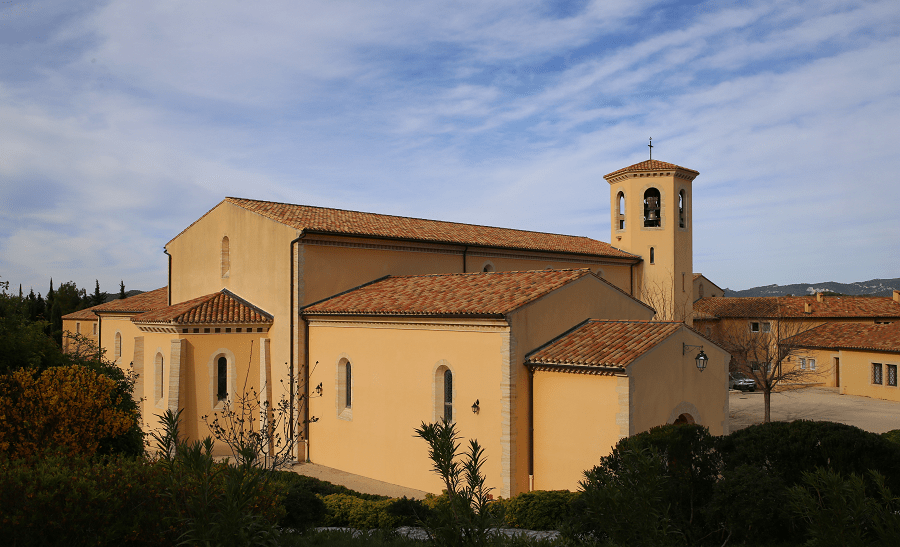Notre-Dame de Paris Cathedral, commonly known as Notre-Dame, is one of the most emblematic monuments of Paris (France). It is located in the 4th arrondissement on the Île de la Cité and is a Catholic place of worship, seat of the Archdiocese of Paris, dedicated to the Virgin Mary.
Begun under the leadership of Bishop Maurice de Sully, its construction spanned approximately two centuries, from 1163 to the middle of the 14th century. After the French Revolution, the cathedral benefited between 1845 and 1867 from a major, sometimes controversial, restoration under the direction of the architect Eugène Viollet-le-Duc, who incorporated new elements and motifs, including a new spire. For these reasons, the style is not completely uniform: the cathedral has some of the characteristics of early and late Gothic. The two rose windows which adorn each of the arms of the transept are among the largest in Europe.
The cathedral is linked to numerous episodes in the history of France. A royal parish church in the Middle Ages, it hosted the arrival of the Holy Crown in 1239, then the coronation of Napoleon I in 1804, the baptism of Henri d’Artois, the Duke of Bordeaux, in 1821, as well as the funeral of several presidents of the French Republic (Adolphe Thiers, Sadi Carnot, Paul Doumer, Charles de Gaulle, Georges Pompidou, François Mitterrand). It was also under its vaults that a Magnificat was sung during the liberation of Paris in 1944. The 850th anniversary of its construction was celebrated in 2013.
The cathedral inspires numerous artistic works, notably Victor Hugo’s novel Notre-Dame de Paris published in 1831 and which in turn partly influences its history. At the beginning of the 21st century, Notre-Dame was visited each year by some 13 to 14 million people. The building, also a minor basilica, is thus the most visited monument in Europe and one of the most visited in the world until 2019.
The violent fire of April 15, 2019 destroyed the spire and the entire roof covering the nave, the choir and the transept. This is the most significant disaster suffered by the cathedral since its construction. Since then, Notre-Dame has been closed to the public. Its identical reconstruction is decided in 2020 and its reopening to the public planned for 2024.
The two towers are 69 metres high, and were the tallest structures in Paris until the completion of the Eiffel Tower in 1889. The towers were the last major element of the cathedral to be constructed. The south tower was built first, between 1220 and 1240, and the north tower between 1235 and 1250.
Address: Parvis Notre-Dame – Place Jean-Paul-II, Paris.
See more:












